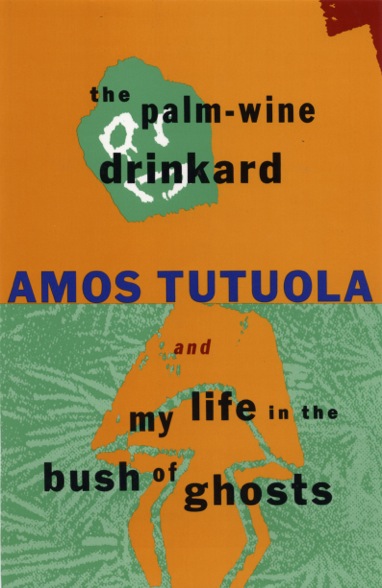The Palm Wine Drinkard
(Includes Tutuola’s second novel, My Life in the Bush of Ghosts)By Amos TutuolaPaperback, $17Grove PressLit Oblivion: The Gods Are Crazy In Amos Tutuola’s The Palm-Wine Drinkard

Latest Article|September 3, 2020|Free
::Making Grown Men Cry Since 1992

The Palm Wine Drinkard
(Includes Tutuola’s second novel, My Life in the Bush of Ghosts)By Amos TutuolaPaperback, $17Grove Press